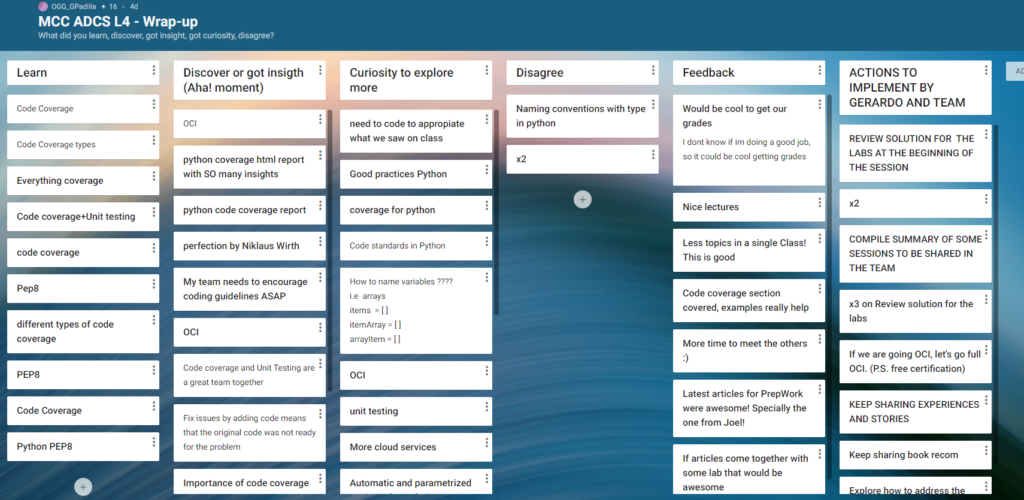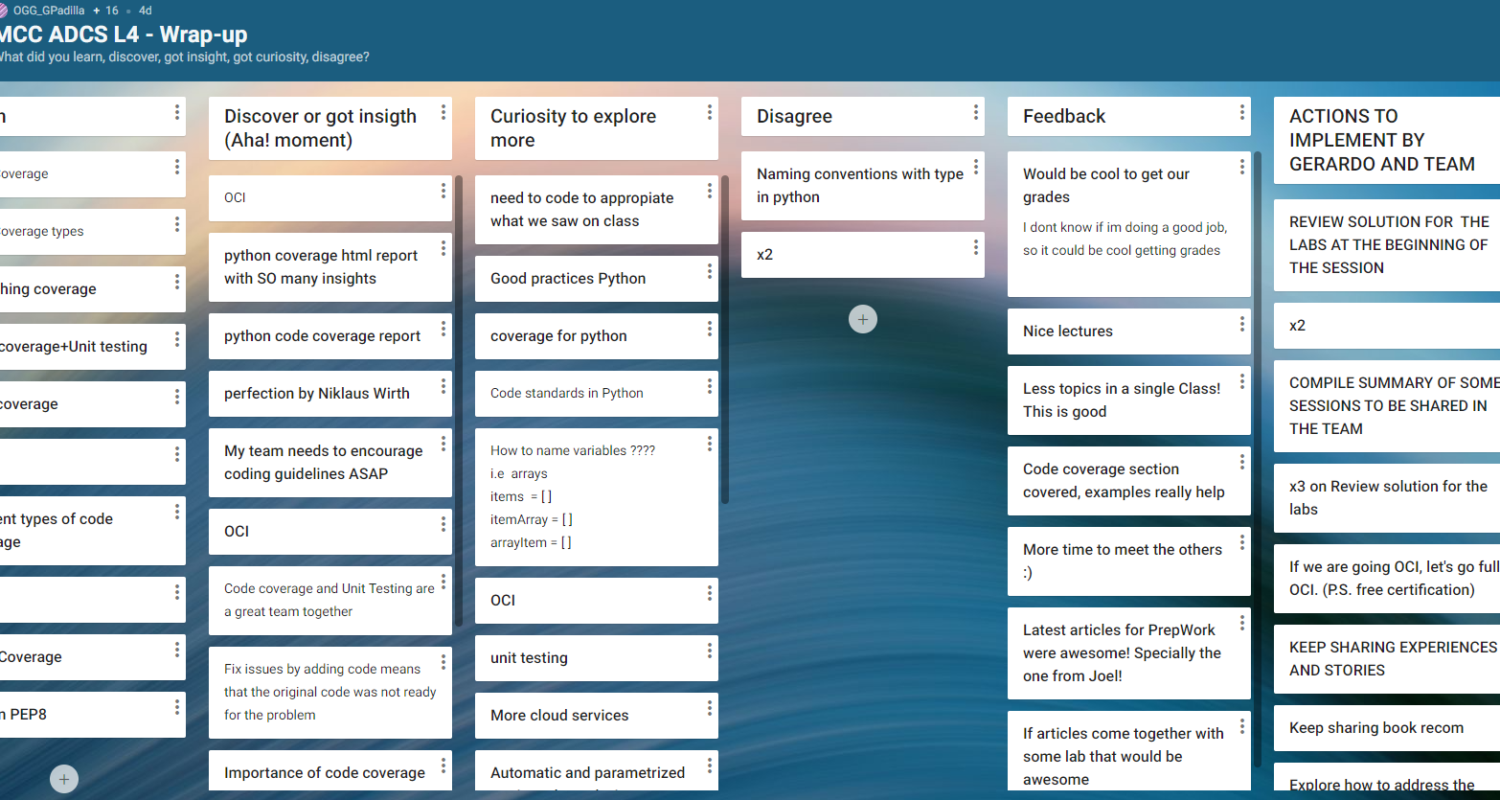Context
COVID has pushed all face-to-face courses to be delivered using remote online tools. This new online environment has multiple limitations for the instructor such as the human contact that classroom provides which facilitated the monitoring of progress and getting feedback from the students.
After a first online course that I had to transform on the fly, during the pandemic emergency last year, I was in the middle of a complex scenario where I did the best I could to adapt to this new environment. Students were very kind and open to understand that this situation was unexpected for all of us. Unfortunately, there were issues in the course, specially after trying just to transform the channel for delivering the course. The issues included the lack of participation and the reduced feedback loop from the students. This impacted my capacity to see the real progress of the students which, at the end of the semester, I see a reduction in the participation, energy, and motivation.
For a new course, I decided to refactor and perform many experiments to address the issues afore mentioned. One of such experiment was described in one of my blog post about making visible the learning progress using polls.
The Problem and the Experiment
In this new experiment, I try to address the problem about the reduction of engagement and feedback from the students during the session. In the past I used polls after the session but I discover that after many sessions the students started to avoid answering them since I did not provide much feedback about it.
So, for this new experiment, I decided to implement a practice that:
- Make visible the feedback from the students during the session
- Foster the participation of all students
- Allow a response from the instructor in real time fashion
- Empower the student to make his voice visible
- Help me to see the value of the session for them
- Help me to see potential knowledge areas to tailor my course
- Facilitate the conversation for course logistics improvement
So, I decided to implement a practice at the end of the session using the Padlet tool. This tool is an online collaborative tool that enables the users to collaborate easily online by adding items (I call them cards) to a common board. This is very helpful since I wanted to use a simple tool to enable the students to work over it. The practice followed the next steps:
- I start the practice remembering the openness and respect rules for the exercise.
- I created previously to the session a padlet board following the shelf format. A shelf format has columns where the student can place card on specific columns. The columns that I pre-publish are:
- Learn – What did you learn?
- Discovered or got insight (Aha! moment) – What did you discovered or generated you an insight?
- Curiosity to explore more – What are you interested to explore more?
- Disagree – Do you disagree in something? Please share it!
- Feedback – What feedback can you provide about the course, materials, structure, assignments, instructor for improvement?
- Actions to implement by Gerardo and the Team (Students) – after the session – This columns is used as closure of the session representing action items to complete.
- At the end of the session I spent an average of 4 minutes asking the students to fill their cards over the columns.
- After such time, I start to navigate over the items and asking questions aiming to improve my understanding. Depending on the issue, I make visible my commitments for actions to improve the course or for some agreements in the course with them.
The figure below shows a partial example of one padlet board for a real session. You can see how the students wrote their cards.

The Results
After many sessions I have see the benefits of this practice. The goals that I define for the experiment have been addressed so far with a good level of positive results.
- Make visible the feedback from the students during the session – The practice is performed and completed during the session.
- Foster the participation of all students – The number of items in the board is usually big and also the comments during the conversation.
- Allow a response from the instructor in real time fashion – I was in some sense forced to provide an answer to items coming from the students that they consider critical or important.
- Empower the student to make his voice visible – I perceive that students are empowered to make comments and put cards. Still is something that I need to investigate more.
- Help me to see the value of the session for them – This was a great way to see if the goals defined to the session where achieved.
- Help me to see potential knowledge areas to tailor my course – The curiosity to explore more columns was a great tool to help me see topics or areas that students are interested.
- Facilitate the conversation for course logistics improvement – The conversations have modified the course based on their feedback an also addressing mutual concerns.
Every virtual session is a great learning opportunity for the instructor if there is a good system that make visible the opportunities. I have found that this practice helped me to accomplish this purpose. I have still some road to go to assess how to reduce the erosion of the power of such practice during the semester.


